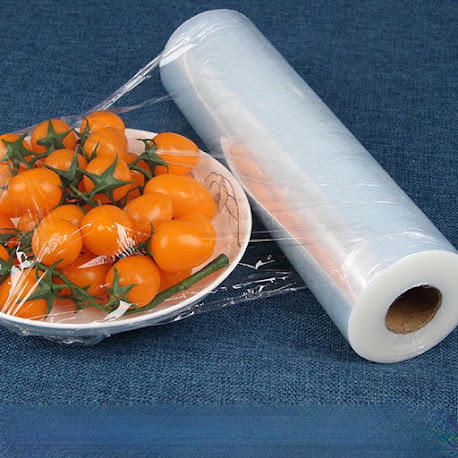How to Choose the Right Coating for Your Packages
The selection of an appropriate coating is essential to the design and manufacture of high-quality packaging. What makes coatings so important? For many of the same reasons as the significance of packaging. While packaging protects and improves the appearance of its contents, coatings preserve and enhance the packaging's appearance. Because layers are both decorative and protective, they are a cost-effective way to improve the appearance and durability of a product. Raw materials are getting from China Bopp film manufacturers.
One of the packaging goals is to attract the consumer's attention and encourage them to inspect and investigate the package and its contents. A high-quality coating further increases shelf appeal by bestowing additional tactile elements and adding bounce to printed graphics. UV and aqueous coatings are the most widely used types currently. Both are available in various finishes, including matte, satin, and gloss, expanding design flexibility beyond the selection of inks.
A coating protects the product against fingerprints, abrasion, and scuffing during assembly, fulfilment, delivery, and distribution. UV and aqueous coatings both exhibit extraordinary abrasion and block resistance, removing the need for shrink wrap or other protective layers in certain instances.
What is the optimal coating for a particular task? This depends upon the task and layer. When deciding, performance, appearance, quality, and cost are variables to consider. Other factors include operator experience, task adaptability (tolerance), storage conditions, and performance requirements. The optimal applications for each will be discussed after a comparison of UV and aqueous coatings.
Aqueous coatings comprise approximately 60% water and 40% solid particles by weight. During the drying process, the liquids evaporate or are absorbed by the substrate, leaving the particles to form a thin film. When dried, aqueous coatings are transparent and non-toxic, and the FDA approves formulations for use in food packaging.
UV coatings are composed entirely of compounds and are cured by light instead of heat. Cross-linking the compounds produces a plastic film with unparalleled lustre and tenacity. UV offers more textures than aqueous, including metallic particles and pearlescent pigments. Although UV coating can be applied either in-line or off-line, in-line UV coating offers comparable finish quality in addition to improved speed and lesser cost when compared to off-line UV coating.
UV and aqueous coatings offer the advantage of in-line application and rapid curing, enabling immediate work and turn. Both layers can be applied with minimal or no spray powder, resulting in a finer surface and a cleaner work environment. Moreover, both coatings can be used as a complete or "flood coating" or as a spot coating to highlight a particular image or area.
UV coatings are typically more costly per unit, but the quality benefits and productivity gains usually outweigh the higher unit costs. When comparing prices, viewing UV as providing all the benefits of aqueous coating to a greater degree is advantageous. For example:
Aqueous dries rapidly -- UV dries faster.
Aqueous surfaces can be lustrous; UV surfaces are glossier.
Aqueous provides protection -- UV offers more protection
UV compounds are particularly suited to:
Applications that require the most excellent gloss
Applications requiring the maximum measure of hardness
Surfaces for printing that are not absorbent (such as plastic, Tyvek ®, etc.)
POS displays
Areal coating
The following applications are appropriate for aqueous coatings:
Food packaging (for direct food contact)
In-line thermal sealing of blister packaging
Priming/sealing (to enhance adherence or UV varnishing over conventional inks) application
Writable materials (e.g., mailers, postcards, etc.).
When you choose a coating, you invest in the functionality and durability of the packaging and, ultimately, the product it contains. The stronger the argument for incorporating the layer into the overall design, the greater the interaction between the packaging and consumers or end users.




Comments
Post a Comment